somewhere in the Visayan sea, off to survey a group of island baranggays in Panay
that was hard-hit by the supertyphoon Haiyan.
By that time, over a month had passed since Haiyan (local name Yolanda) ravaged the
mid part of the Philippines, hitting islands in Central Visayas most devastatingly. In the
immediate aftermath of the calamity, we at HELP for Peace had conducted relief operations
and medical missions for some of the worst-hit baranggays in Bantayan Island.
But even after doing such, we knew our mission to help rebuild lives and communities was
not even half done.
Thus, late in December, our group set out to conduct an ocular survey of the affected
islands and coastal baranggays this time in Panay, an area in Central Visayas that was
also badly devastated by Haiyan but has not received as much media attention as areas
in Leyte and Samar. Our specific goals for the trip were to assess the condition, situation,
and needs of the affected Panay areas, as well as to contract workers for the building of
boats to be donated to those communities.
affected islets, eagerly sitting in a small wooden pump boat and ready to conquer the seas
to accomplish our day’s mission. We knew it was going to be a long way to the
islets—an estimated 6 hours of travel time at sea— and we had already conditioned
ourselves for the long trip.Goodbye, mainland Panay, we waved; we’re off to see
what we can do to help your afflicted sister islets.
as it felt like we were in the position to help, to aid a damsel-in-distress, to do good for others. But before we could even let the wind make our
imaginary capes dramatically wave behind us, our boat suddenly stopped to a halt.
For some reason, the boat’s motor died down and wouldn't start up again. We were
stranded mid-sea.
Five, ten, thirty minutes passed. The boatmen who were steering us were doing
everything they can to try to start the boat up again, but to no avail. “We need to
call someone,” they announced. “He’s the one who’ll know how to fix this.”
As much as we wanted to know what was wrong with the boat, what needs
to be done to get us unstuck, and how much more time we’d have to wait under
the blazing sun before we could get going again, we couldn’t do anything much other
than wait. Wait for people more able and knowledgeable than us to figure out what was
wrong, and trust on them to fix it and get us back on track again. At that moment we were
no longer the would-be heroes soaring the skies, out to help others.
It was the other way around; we were the damsels-in-
distress waiting for the locals to come and rescue us.
We did not choose for the situation to be reversed, but fate had it as such. We were stranded.
Thankfully, eventually a local from the mainland came and did his magic on the boat’s
motor. A couple more collaborative rope-pulling efforts later,
the boat’s motor started up again and we were back on our way.
have been ravaged, whose lives have been devastated by Supertyphoon Haiyan.
They too had been stranded in a sea of near - nothingness.
And they too did not choose the fate that had befallen them.
although not in the sense that they are to depend entirely on others from here on out—but in the sense that they need able people to help them out of the quagmire, to “jumpstart” the broken-down boats they are in, and to empower them to continue their rebuilding efforts they have begun.
But much like how we, stranded passengers of a broken-down boat, could only trust on those with greater capacities and more resources to help us get going again, so too are these Haiyan-hit communities looking to us for aid where they need it and where we can offer it.
For ultimately, the question of whether there are still people willing to assist them in the rehabilitation of their devastated communities—until their boats are smooth-sailing again, so to speak— is not theirs to answer.
It’s ours.
Terra Tech, is currently spearheading efforts to construct new fishing boats and modular houses for
the affected communities in the coastal areas and isolated islets of Panay. To help in the construction
efforts or for other inquiries, you may drop a line at richard@helpforpeace.com
or contact us via telefax at +63 (34) 702 0521.
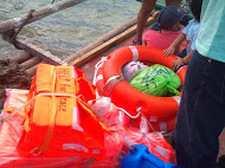
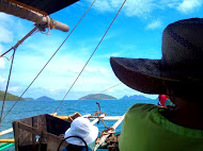
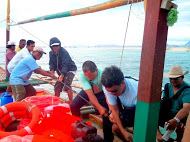
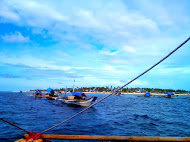
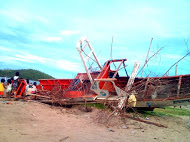
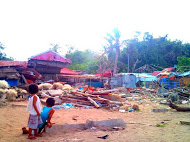
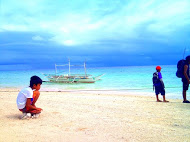
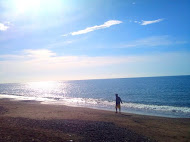
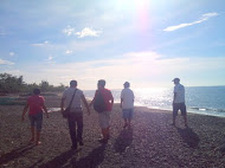
 RSS Feed
RSS Feed